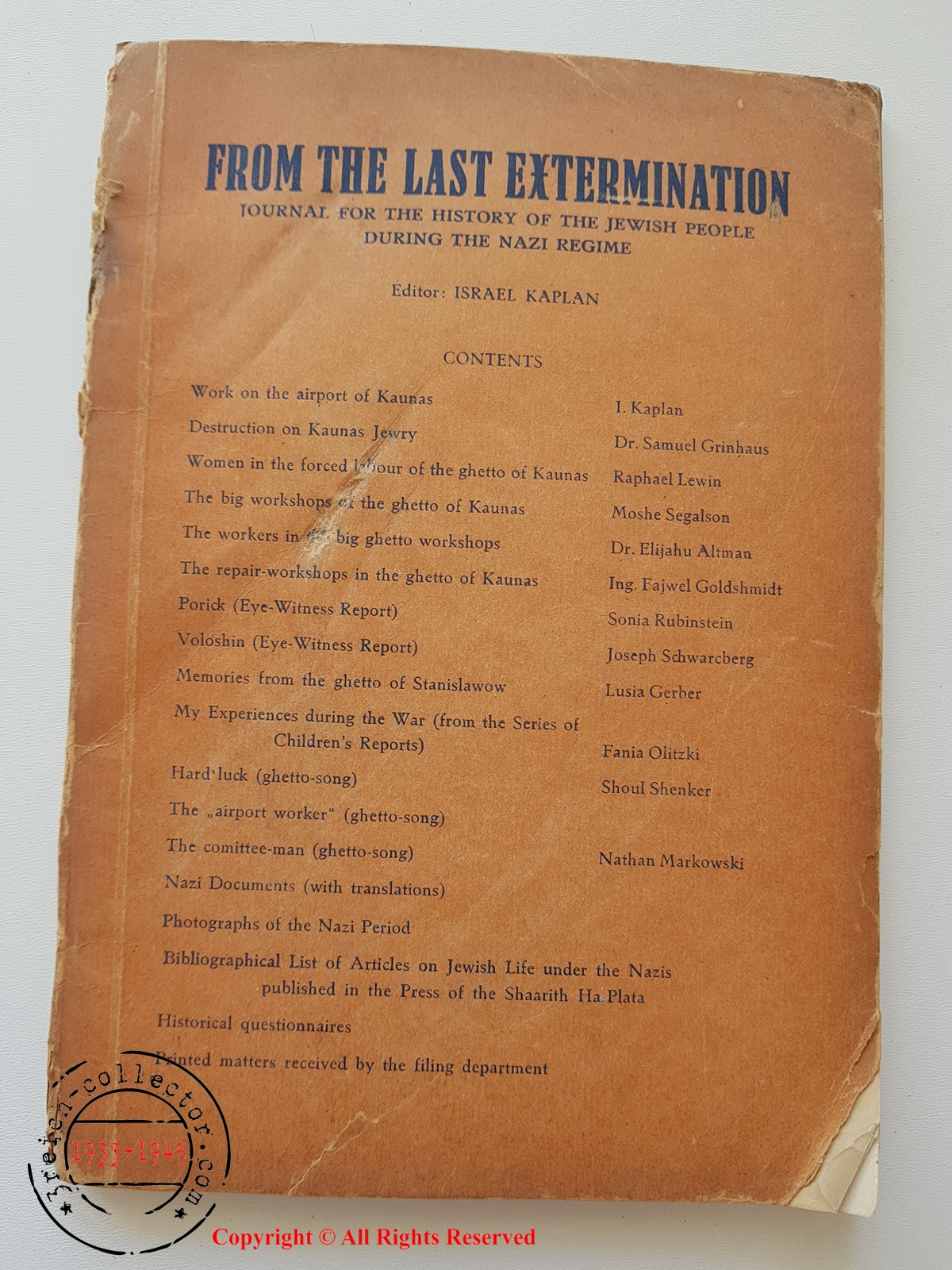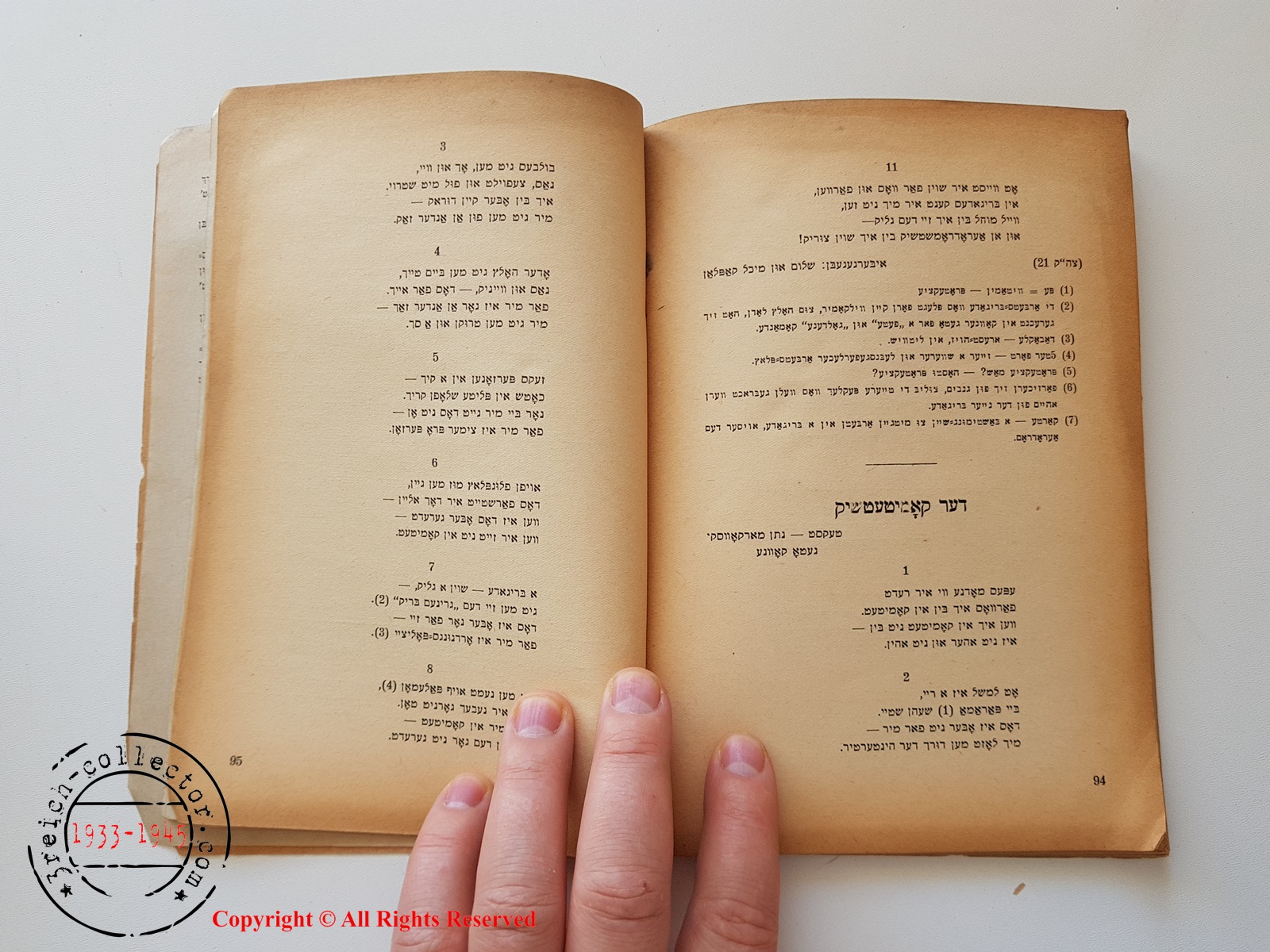

This argument is perceptive and thorough and will be very useful when writing my final paper, especially when comparing this to the fear tactics used post 9/11 and how this is reflected in the 2005 adaptation of the text. All of these, Malia argues, are strategies of journalism and print media that Wells recognize, satirizes and, in this way, critiques. Also discussed is the perpetual failure of the print media to be a reliable news source, repeatedly sending out incomplete, inaccurate, or completely falsified news stories, such as the ‘dead men from Mars’ in the cylinder, the method of Martian space travel, or the repetitive threat of danger met with assurance of safety. Discussed is the period known as “Mars mania” in which scientific writings, fiction writings, along with satirical cartoons were being published about ‘life on Mars.’ By using the strategies and storytelling methods of journalism, the narrator of The War of the Worlds demonstrates his own unreliability as he fabricates and sensationalizes events.

By deploying satirical storytelling, she argues, Wells draws attention to the unreliability of journalism (print media). Web.īy applying close analyzation of the text, Malia reveals how The War of the Worlds is actually critiquing media sensationalism.

“Public Imbecility and Journalistic Enterprise”: The Satire on Mars Mania in H.G. (Also discussed is the importance of the film Independence Day, however, this is not that important for my paper, for this essay was written before the 2005 adaptation of War of the Worlds, which I will be focusing on in lieu of Independence Day.) All of these interpretations of the adaptations seem very intune with the focus of my paper, however the author seems to jump too quickly over discussing the importance of adaptations in the 1938 broadcast and how society and warfare had really changed since the original 1898 edition. He also discusses the phenomenon fin du globe, the ‘end of the world fear’ that was present in both Victorian fin de siécle society and in 1930s America, brought on by the Wall Street Crash in 1929, the Great Depression, the disillusionment with the political system, and the ‘brown scare’ of fascism. He also traces the adaptations through cultural and historical timelines, linking particular adaptations and ‘innovations’ with the societal pressures/thinking and threats of the time, from the 1938 Welles’ radio broadcast (in the midst of World War II, when radio listeners were already accustomed to hearing news about the coming war and the Munich crisis) and the 1953 film adaptation of the same name (linked more to the Korean war and the threat of communism).

Trushell discusses the similarities and subsequent adaptations of The War of the Worlds. “Mirages in the Desert: The War of the Worlds and Fin du Globe.” Extrapolation 43.4 (2002): 439-55.


 0 kommentar(er)
0 kommentar(er)
